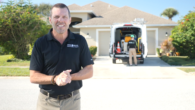10 Most Common Causes for Roof Leaks
July 6, 2020
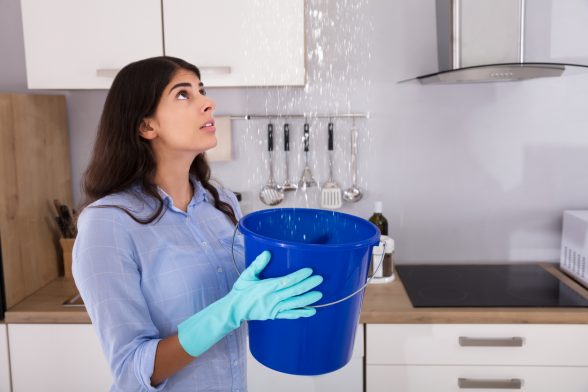
Some of the most common roof leak causes include an aging roof, broken or missing shingles, clogged gutters, and chimney damage. If these problems are neglected, it can be disastrous for the structure of your home. While you may want to save yourself money or avoid spending the time to fix the issue, be forewarned—not addressing the leak could end up costing you far more money in the long run.
Here are some of the many roof leak causes that today’s homeowners face.
1. Age of Roof
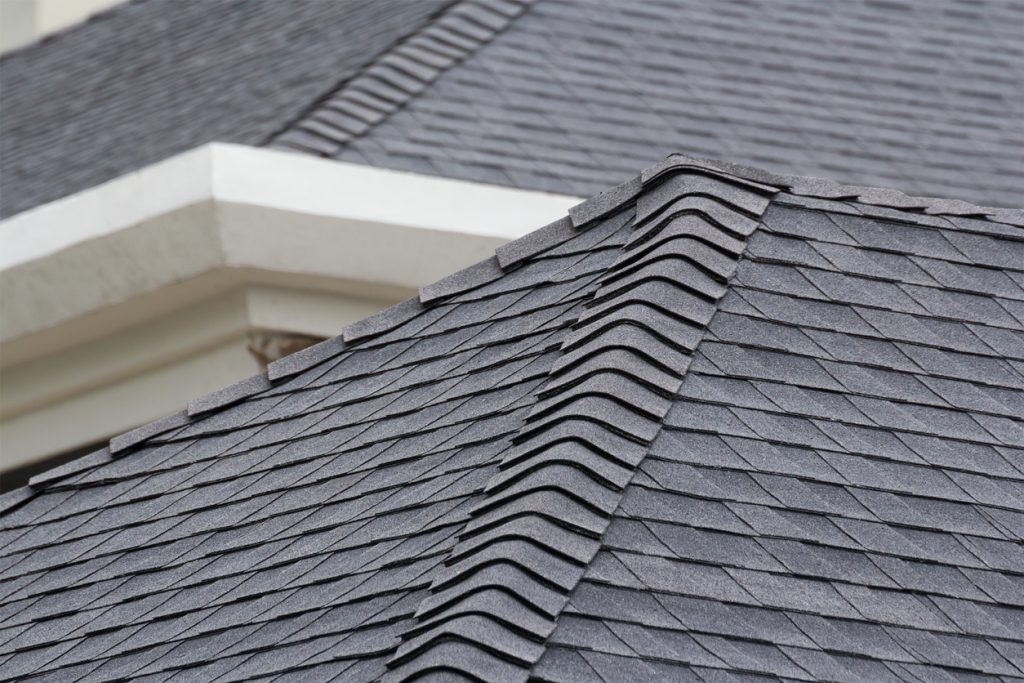
Your asphalt shingles are made with petrochemical oils in the asphalt that allow them to expand and contract with the fluctuating weather—but those oils dry out over time, meaning shingles can dry out, crack, curl, break, lose their granules, which leads to them losing their water shedding ability if you don’t repair or rejuvenate them. With asphalt shingle roofs failing faster than ever before, this is a pretty common issue.
2. Broken or Missing Shingles
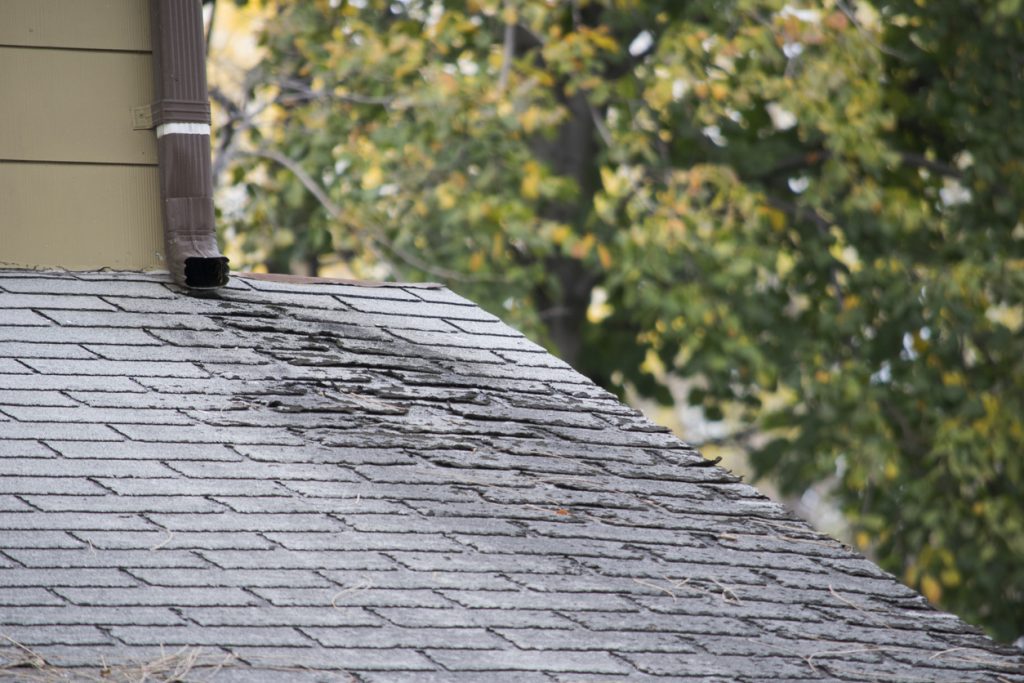
Brittle, aging shingles can fall off the roof completely, leaving your roof vulnerable when rain, snow, or hail hit. Homeowners should routinely inspect the roof and watch out for any missing shingles.
3. Clogged Gutters
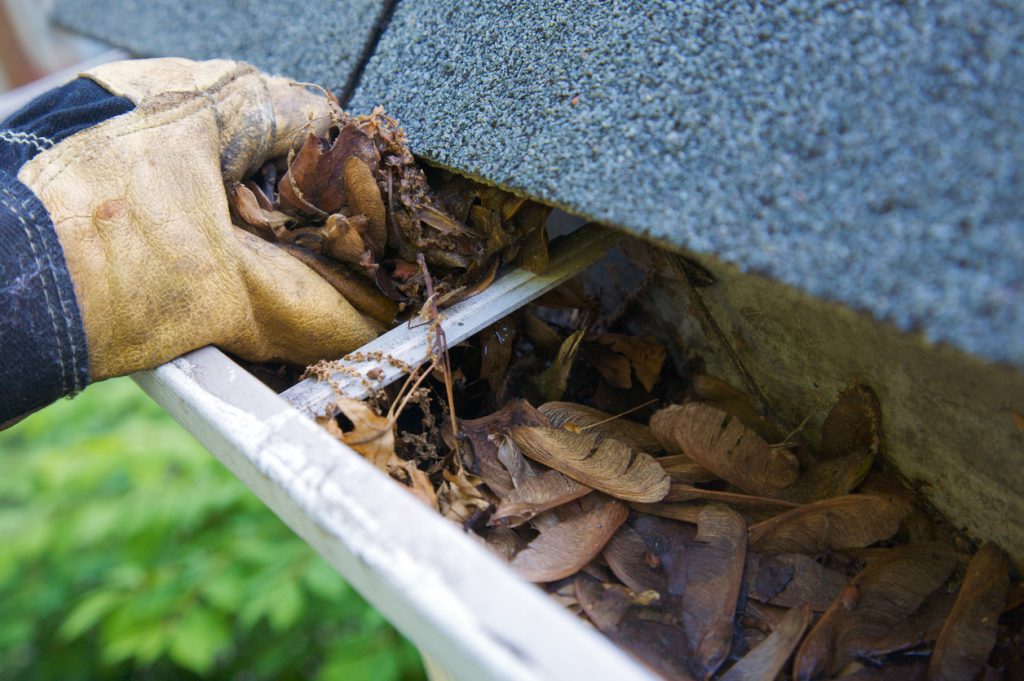
It’s common for falling leaves, sticks, and dirt to get stuck in gutters. When this debris builds up, the rainwater and melting snow won’t be able to freely drain or fall away from the house, and it could lead to a leaky roof.
4. Chimney Damage
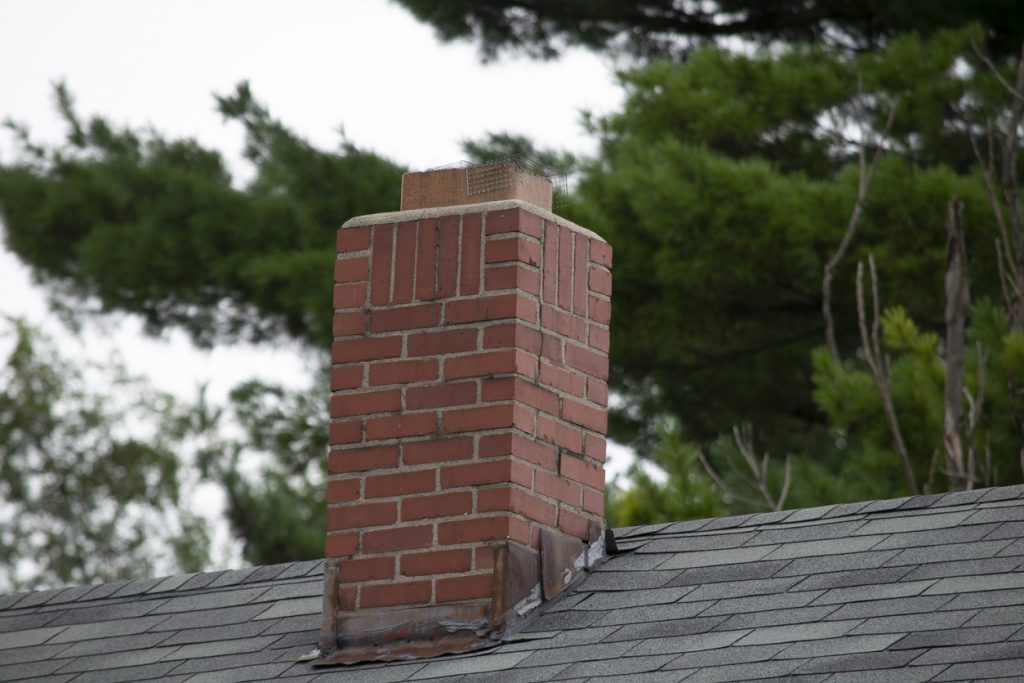
If you have cracks or other damage to your chimney, water may seep through and even pool up, which could cause structural damage to your home. This is why early detection of chimney damage is an important part of avoiding a leaky roof.
5. Roof Vents
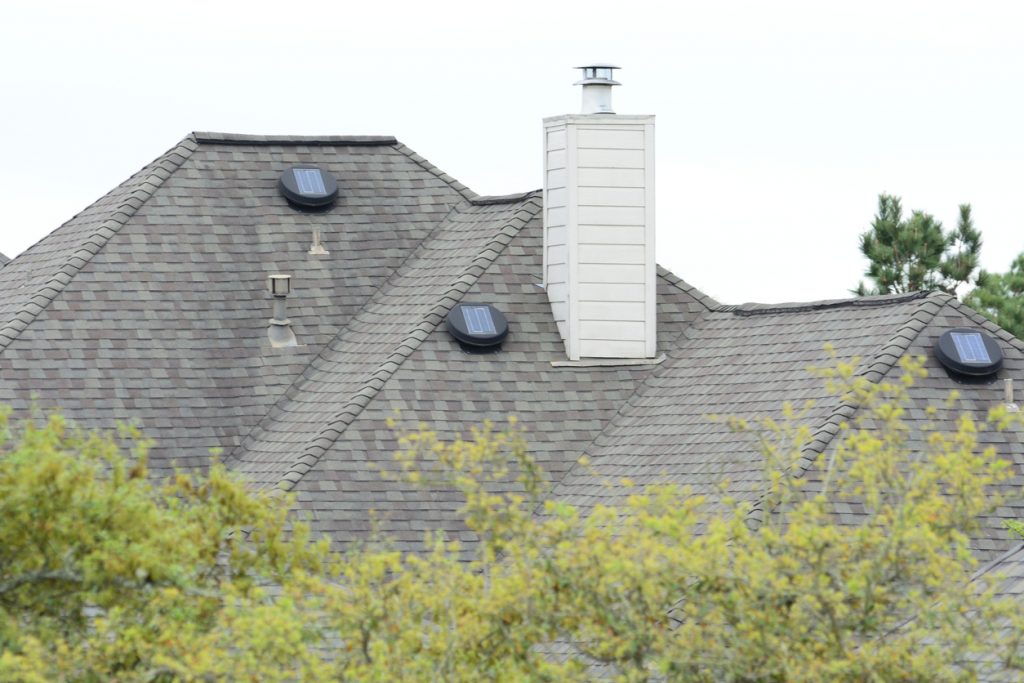
Roof vents are essential for letting heat and moisture escape from your attic, but they can also be a cause of leaking if they are damaged or sealed improperly.
6. Holes
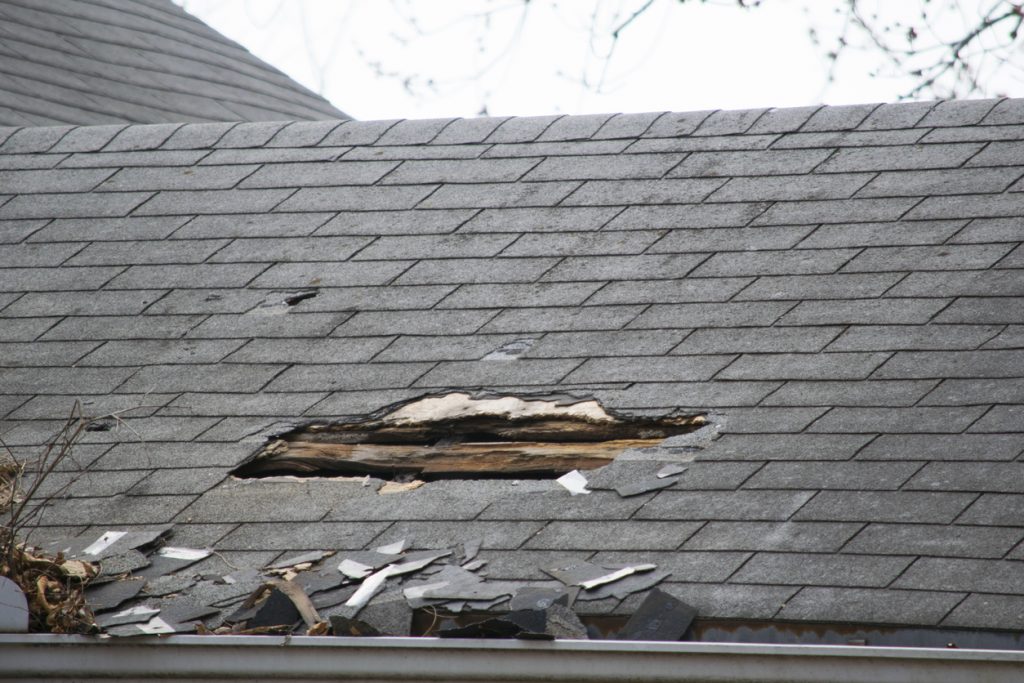
Strong winds, hail, and snow can create holes in your roof that can lead to water damage. It’s important to look out for these types of holes during your routine roof inspection, and patch them up as soon as you spot them.
7. Condensation in the Attic
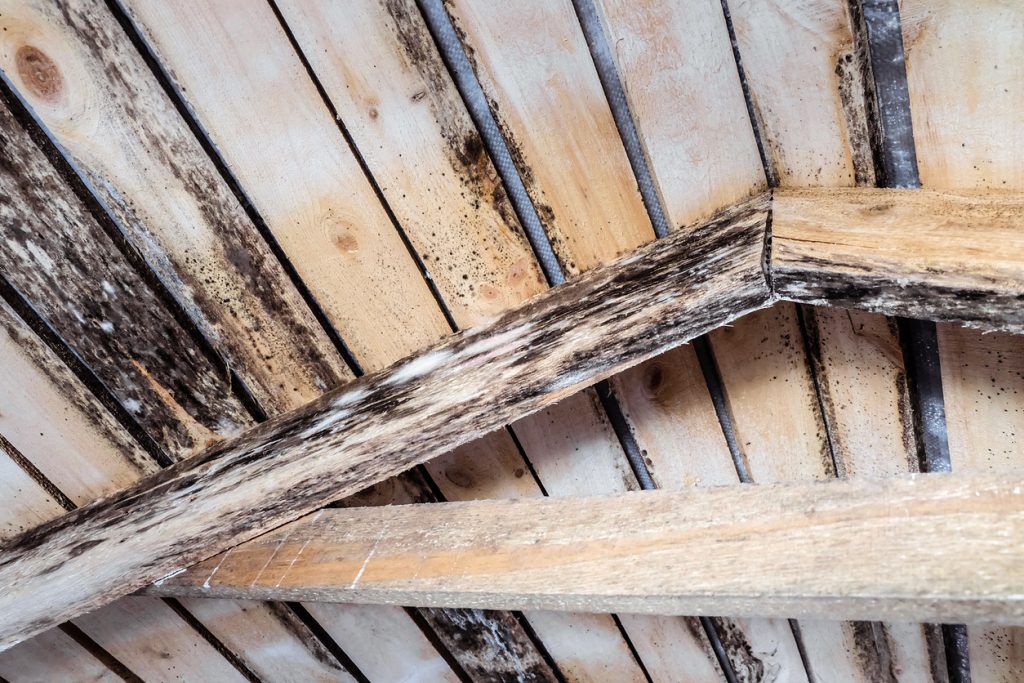
During the cooler months, warm air will drift up to the attic and could cause condensation if it cools down quickly. This condensation can cause roof leaks and even mold if ignored.
8. Your Flashing Has Cracked
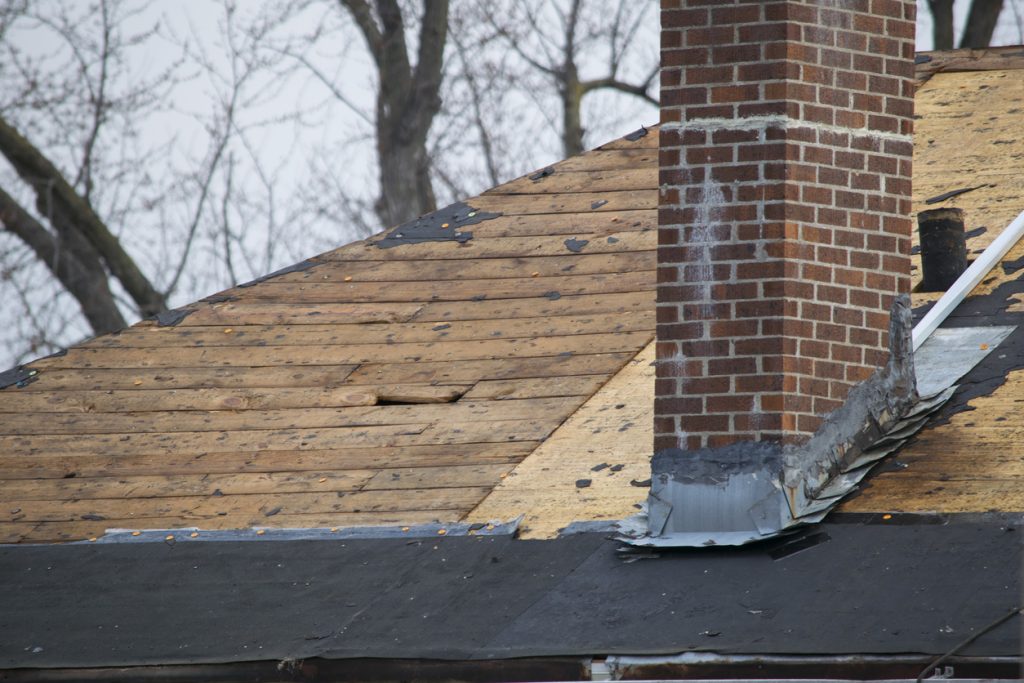
Roof flashing directs water away from important parts of the roof, but it can also be a spot that’s vulnerable to roof leaks. Regularly check flashing for cracks and damage, making sure it’s properly sealed.
9. Improperly Sealed Valleys
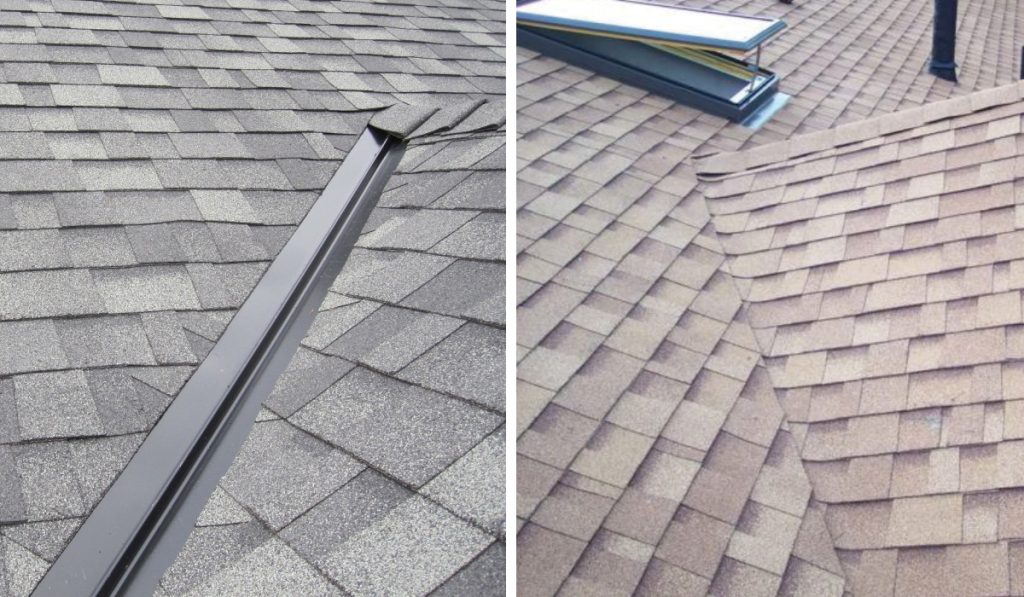
A roof valley (the point where two sloped roofs meet) is designed to help water flow off of the roof. But if the valley isn’t properly sealed, this can be another site of roof leaks.
10. Skylights
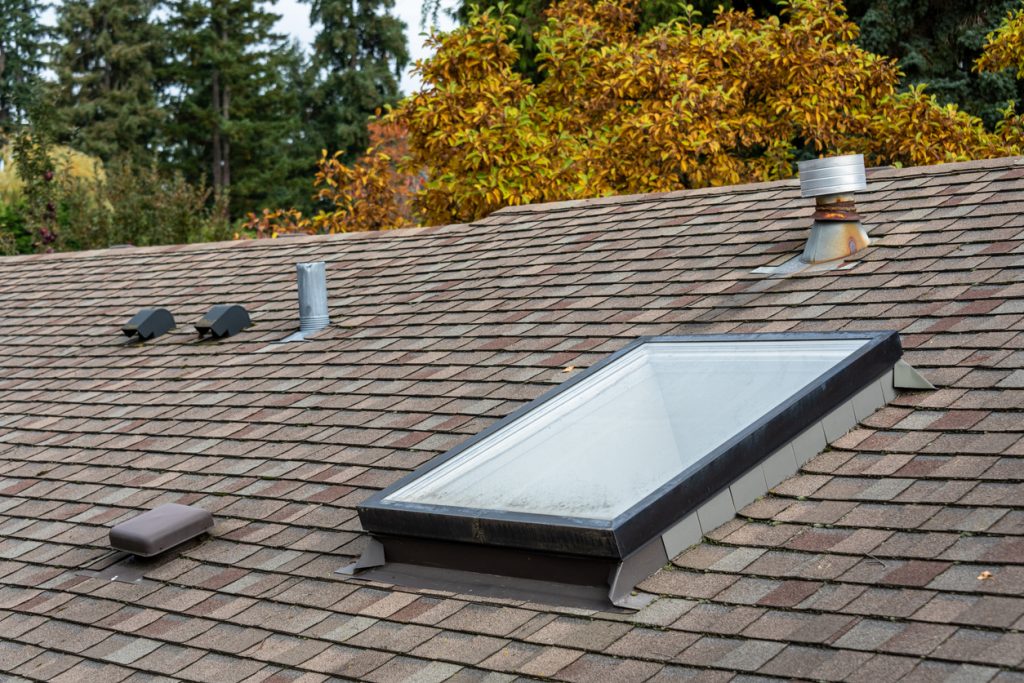
Skylights may be a nice way to let natural light into your home, but they can also be a common cause of a leaky roof. Make sure your skylights are fitted and installed properly to avoid water damage to your home.
Rejuvenate Your Roof with Roof Maxx
Is your roof starting to show signs of aging and drying out? If so, Roof Maxx can step in and rejuvenate dry and brittle asphalt shingles with our innovative, sustainable roofing treatment. Contact us to learn more about how we can extend the life of your roof by 15 years—and save you thousands of dollars on roof repairs while we’re at it.








